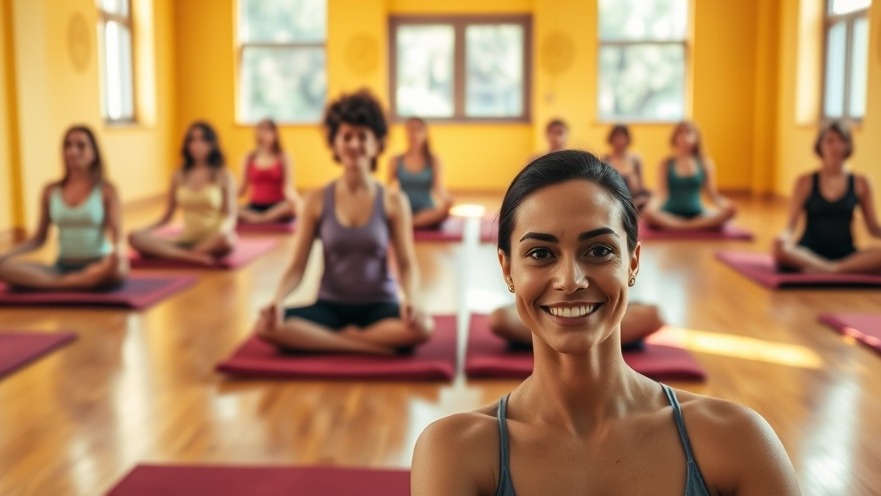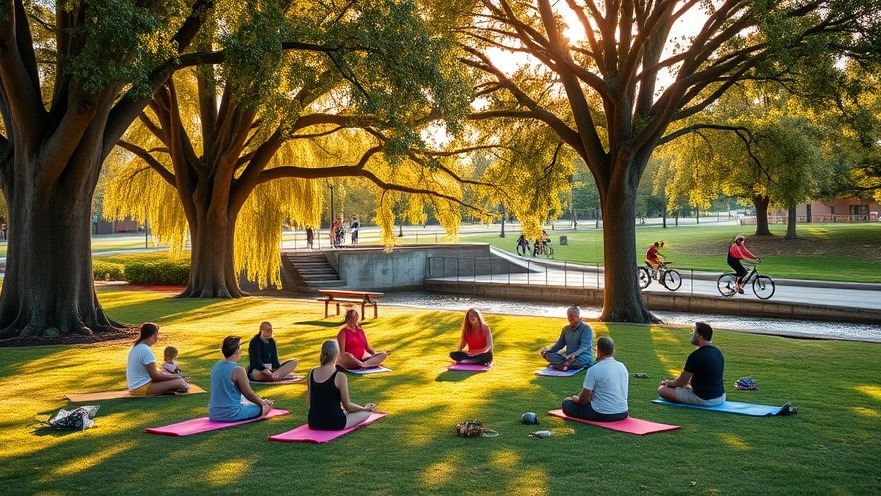
Why Community Matters in Mindfulness Practice
In today’s fast-paced world, self-care can sometimes feel like another item on a never-ending checklist.
Between work, family, and the constant buzz of digital life, it’s easy to treat mindfulness as something we “should” do but rarely make time for.
Yet mindfulness isn’t meant to be another pressure point—it’s meant to be a release. And while many picture meditation as a solitary practice, the truth is that mindfulness often flourishes most in community.
When people gather to breathe, reflect, and sit in silence together, something shifts. The practice feels less like a lonely effort and more like a shared journey.
Research backs this up: community-based mindfulness groups not only improve consistency but also enhance feelings of connection and belonging.
The Invisible Weight of Sharing Experiences
If you’ve ever joined a mindfulness circle, you’ll notice a pattern early on.
As people settle into the space, common themes emerge: stress from packed schedules, the mental noise of juggling responsibilities, or the exhaustion of trying to keep up with the world’s pace.
These shared stories reveal a comforting truth: you’re not alone.
One participant might talk about struggling to quiet their racing thoughts, while another shares how difficult it is to carve out even five minutes for themselves.
These admissions dissolve the myth that mindfulness requires perfection or superhuman focus. Instead, the group itself becomes the teacher, reminding everyone that the challenges of modern life are not personal failings but collective experiences.
That realization can be liberating—it removes the invisible weight of isolation.
Tip to Try: If you’re hesitant to join a group, start by simply listening. Often, just hearing others articulate struggles similar to your own opens the door to deeper self-compassion.

Building Lasting Connections Through Group Meditation
As weeks pass, what begins as a circle of strangers often transforms into something more—friends who hold each other accountable, confidants who provide encouragement, and fellow travelers on the same mindful path. These relationships become a powerful motivator.
Think of it this way: going for a walk is easier when you have a walking buddy. The same applies to meditation. The presence of others makes showing up feel more natural, even on the days when your own motivation wanes.
Skilled facilitators often weave in reflections or small group discussions after practice, creating opportunities to connect beyond the cushion.
Over time, the group becomes more than a mindfulness class; it becomes a supportive community that strengthens resilience both on and off the mat.
Practical Step: Ask your group for a “mindfulness buddy”—someone you can text or check in with when motivation dips. Accountability often turns a short-term experiment into a long-term habit.
Encouraging Regular Meditation: The Group Effect
Ironically, meditation is marketed as the ultimate personal practice, yet it’s the collective energy of group meditation that often sustains it. There’s something powerful about sitting in silence with others—the simple act of being together transforms the experience.
In group settings, meditation evolves into a ritual. Weekly gatherings create rhythm, and rhythm breeds consistency. Soon, sitting alone at home doesn’t feel quite so daunting because it’s tied to something bigger—you know others are practicing too, sharing the same intention.
Tip to Build a Habit: Pair your solo practice with your group sessions. If your group meets every Thursday, set aside 10 minutes on Sunday or Monday to “reconnect” with the shared energy from the group.
This creates a natural bridge between community practice and personal routine.

Creating Accessible Spaces for Mindfulness
Sacramento offers countless backdrops for group mindfulness: shaded park groves along the American River, quiet corners of community centers, or even neighborhood wellness studios.
These spaces strip away the pressure of a formal setting and replace it with accessibility.
Imagine a circle of neighbors gathered under the cottonwoods at Ancil Hoffman Park, listening to the river as they close their eyes.
Or a lunchtime mindfulness session at a local community center where busy professionals reset before returning to work.
These gatherings remind us that mindfulness doesn’t have to be lofty—it can be woven seamlessly into daily community life.
Action Step: Check local community boards, yoga studios, or even Meetup groups for meditation circles in your area. Don’t see one?
Consider starting your own—often, just two or three people are enough to begin.Overcoming Barriers: Why We Need Each Other
The biggest hurdle for most people isn’t the practice itself—it’s consistency. Sitting down in silence is simple, but doing it every day requires discipline. Community helps bridge that gap.
When you join a mindfulness group, you’re not just committing to yourself—you’re committing to others. That shared responsibility can be surprisingly powerful.
Knowing that your presence contributes to the group’s energy can make it easier to show up, even when you’re tired or distracted.
Mindfulness Hack: Treat group sessions like you would an important appointment. Put them on your calendar, and honor the commitment just as you would a meeting with a friend or colleague.
Final Thoughts: Embracing Collective Mindfulness
Mindfulness doesn’t have to be a solitary journey. When we lean into community, the practice becomes lighter, more joyful, and far more sustainable.
In Sacramento, where parks, community centers, and wellness events are abundant, opportunities to connect through mindfulness are everywhere.
For anyone exploring meditation, remember this: the power of mindfulness lies not only in quieting the mind but also in recognizing our shared humanity.
By practicing together, we remind ourselves that self-care is not just about the self—it’s about building a healthier, more compassionate community.
So why not take that step? Seek out a group, join a circle, or start one yourself. After all, mindfulness is a journey best traveled together.
Looking for ways to stress less and stay centered? Visit Mind Matters for quick mindfulness tips, then head back to Sacramento Living Well for more ways to feel your best every day.
---
Authored by the Sacramento Living Well Editorial Team — a publication of DSA Digital Media, dedicated to highlighting wellness, local living, and inspiring community stories throughout Greater Sacramento.
 Add Row
Add Row  Add
Add 





Write A Comment